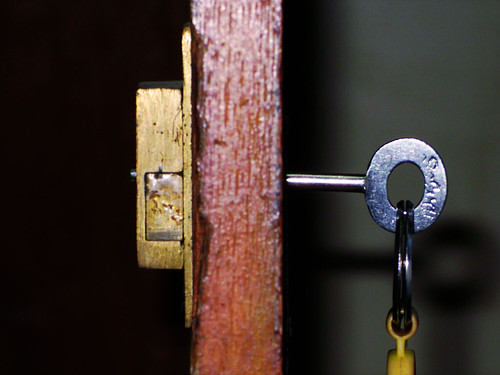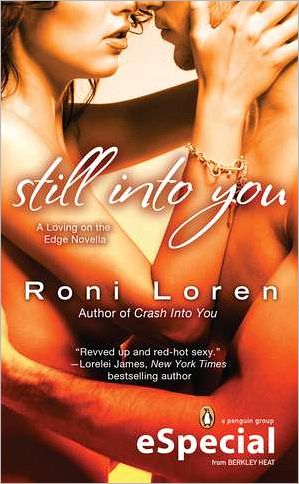 Photo by Tawheed Manzoor (click photo for link)This weekend I had the privilege of critiquing a few opening pages for two friends (along with revising my own opening scene). And as I was critting/revising, I was reminded just how hard it is to work everything you need to in that crucial opening scene without weighing it down with things like backstory.
Photo by Tawheed Manzoor (click photo for link)This weekend I had the privilege of critiquing a few opening pages for two friends (along with revising my own opening scene). And as I was critting/revising, I was reminded just how hard it is to work everything you need to in that crucial opening scene without weighing it down with things like backstory.
It's a very delicate dance, getting that opening scene just right. And it's an important one because those first 5-10 pages may be all you have to impress an agent...or later on, a reader. So even though every page of your book deserves a critical eye, the opening needs to be honed and molded to near perfection.
One of my favorite writing books is Make a Scene: Crafting a Powerful Story One Scene at a Time by Jordan Rosenfeld (If you don't have it, get it. The book breaks down the elements of a scene and also goes over types of scenes--dramatic/contemplative/action/flashback etc.) Anyway, the book also has a great litmus test for what needs to be present in an opening scene.
This doesn't cover everything like what NOT to put in an opening scene (loads of backstory, endless setting descriptions, having your character wake up for the day, having your character looking in the mirror to describe herself, etc.)
But below are the basic components.
I'll put my novella, STILL INTO YOU (releases June 3), to the test as an example.
1. A challenge to your protagonist's status quo.
My hero realizes that he and his wife skipped their usual, unstated appointment to make love. (They've been married, have children, and have settled into a routine of a certain night once a week.) Instead of being with each other, they'd chosen to watch Letterman and he hadn't even noticed until the next morning
2. An antagonist for your character to encounter. (Doesn't have to be THE antagonist.)
Though there is a human antagonist eventually in the story, the real antagonist in the opening scene is the looming threat of the marriage failing.
3. Introduce your protagonist's immediate intentions.
My hero intends to do everything in his power to keep his marriage together. He still loves his wife and is going to prove that he's still the man for her.
4. A glimpse into your MC's history/personality/motivation.
I always try to open with a "glimpse into ordinary life". A BRIEF glimpse. In this case, we see the couple getting ready for work--talking, but it's stilted, routine, distant. You see the hero trying to get his wife to talk about the previous night but she's on autopilot trying to get out the door.
5. The protagonist makes a decision that leads immediately to more complications.
Seth, the hero, decides he's going to show his wife that there is still something between them besides mutual respect. He's going to go to his brother-in-law, Jace (from CRASH), for help. Seth's initial plan is pretty mild, but it's going to lead to something much bigger (and of course, more complications.)
Therefore, even though my opening scene is only the jumping off point of the story and doesn't introduce the broader hook, it's the setup of the plot and enough conflict and action to whet the appetite to keep turning the page (hopefully!) to see how much more complicated things are going to get.
These five points can't also be recycled and used to test out your Act 1 (or the first 1/3 of your book). Act 1 mimics this structure on a broader level.
And once you embed this structure in your brain, it will eventually come naturally without even thinking about it.
So what do you think? Are these components a good summary of what you like to read/write in an opening scene? Think back to your favorite books or movies, do they follow these guidelines? Can you think of any other "must haves" in an opening?
*This is a revamped post from 2011
